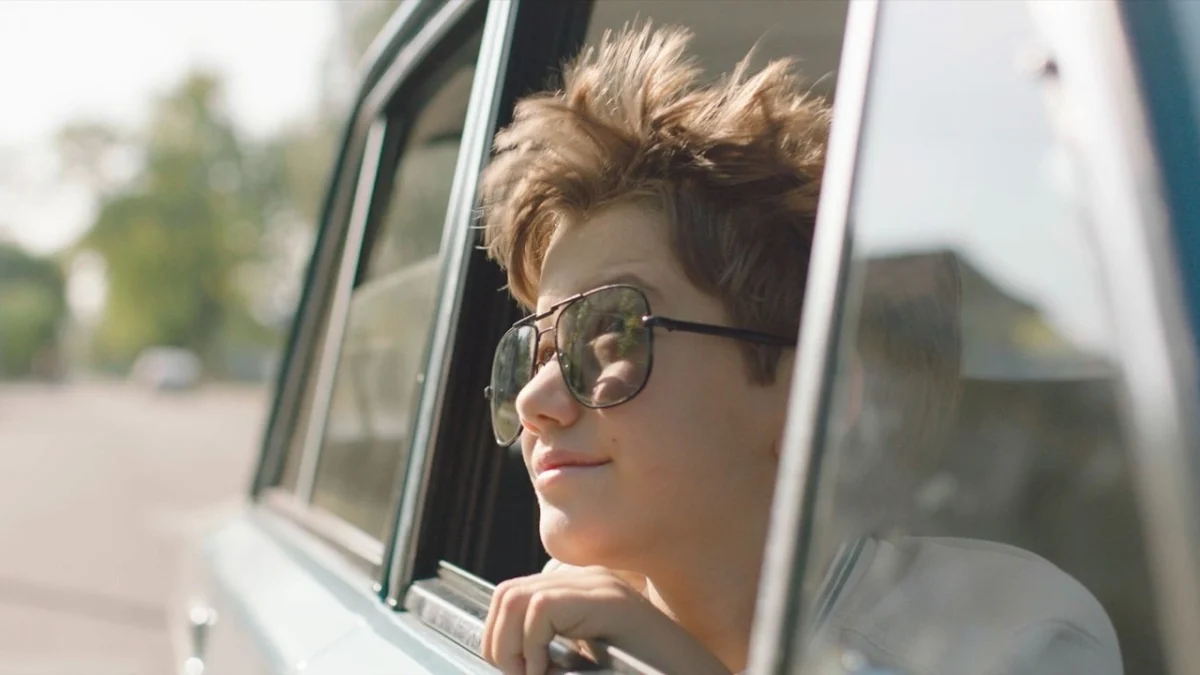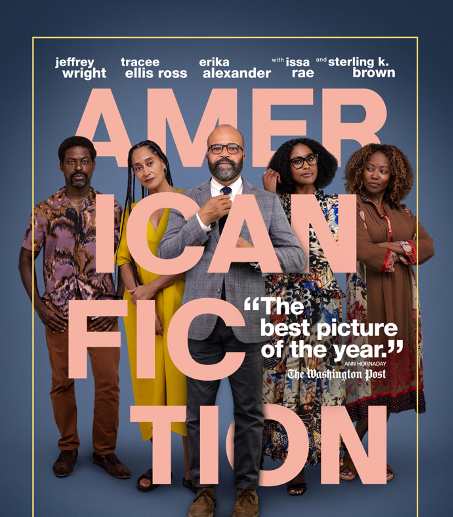From the opening scenes of Tim Burton’s “Alice in Wonderland”, one can taste the modern sentiment oozing through an austere Victorian reserve.
Alice, played by Mia Wasikowska, is now a young woman with interests in opposition to what is expected of her by prim-and-proper society; she would rather contemplate her dreams than stifle in a corset, to the great vexation of her mother. She finds herself bumbling through the staged events of the aristocracy, preoccupied as she is with the contents of her inner world.
Several minutes into the movie, she discovers that she is to enter into a prearranged engagement with a young lord, and with this decision is forced to give in to the expectations of Victorian society in regards to a woman’s role in life, or to the developing independent sense of identity which she appears to be growing into.
Immediately, this decision is interrupted by a familiar spectacled white rabbit, whom she follows down a hole and into a world bearing much more in common to the original Disney film than a characterization of Victorian society. Alice finds herself in a world recognizable immediately to alumni of the original; present are the shrinking potion, the growing cake and all the familiar inhabitants of “Underland”, as they prefer to call it nowadays. And again, it begins to diverge from the original movie.
Alice meets with the hookah-smoking caterpillar, who has taken on a more prophetic role in this retelling. He informs her that she is destined to slay the dragon Jabberwocky, and free Wonderland from the tyrannical rule of the Red Queen, played by Helena Bonham Carter. From this point on, “Alice in Wonderland” adopts the conventions of plot which one would associate with the “slay dragon, save kingdom, fulfill destiny” cliché. There is a concerted effort by the Red Queen to eliminate this threat to her dominance, and all the memorable characters of the original appear periodically to help Alice along her journey.
This decision by Burton to imbue “Alice in Wonderland” with a coherent story-arc turns out to be its greatest weakness. Much of the appeal of the original “Alice” consisted in Alice’s aimless wandering throughout a surreal dream-world, moving with no external motivation from one bizarre conversation to the next, with no clear unifying purpose to her travels. Here, each of Alice’s interactions with the strange and familiar characters she encounters are driven by the urgency of her “quest”.
One may be surprised to find that there is an absence of surrealism at play in Burton’s telling. He creates a stunningly beautiful world, complete with his trademark spiraling plants, but even his more resonant imagery falls short of capturing the sense that this world is a subconscious brought to life. Instead, the use of fantastical images and unique flavor in “Alice” differentiate it from the plethora of movies following the “chosen one saves kingdom in peril” motif.
For those expecting to interpret the imagery to gain a deeper understanding of the plot, as in the original “Alice,” keep in mind that it is sufficient to allow yourself to be mesmerized by the beauty of Burton’s world itself; you can leave that analytical part of your brain at home.
Luckily, saving “Alice” from a descent into cliché reinterpretation is the quality of its acting. Wasikowska shines as Alice; even with the altered plot and new thematic elements, she manages to bring to the character a sense of humanity, making her genuinely relatable, a trait without which the film would crumble. Johnny Depp also delivers a wonderful performance, playing the Mad Hatter to great comical effect.
However, the real star of the show is Stephen Fry as the voice of the Cheshire Cat, which he makes to sound more cryptic and playful than the original by virtue of his tone alone. The rest of the star-studded cast likewise do an excellent job of breathing life into what might otherwise be a somewhat lifeless script.
Overall, “Alice in Wonderland” tells a modern story, using the power of imagination as an instrument in describing a young woman’s break with Victorian tradition in search of her individuality. Though sacrificing the surrealistic tendencies of the original as a means of accomplishing this goal, this modern take on a time-honored story builds on new themes, and treats them with a good degree of success.
If you are interested in a visually stunning twist on an old favorite, “Alice in Wonderland” certainly won’t disappoint.
Matthieu Decker may be reached at [email protected].






